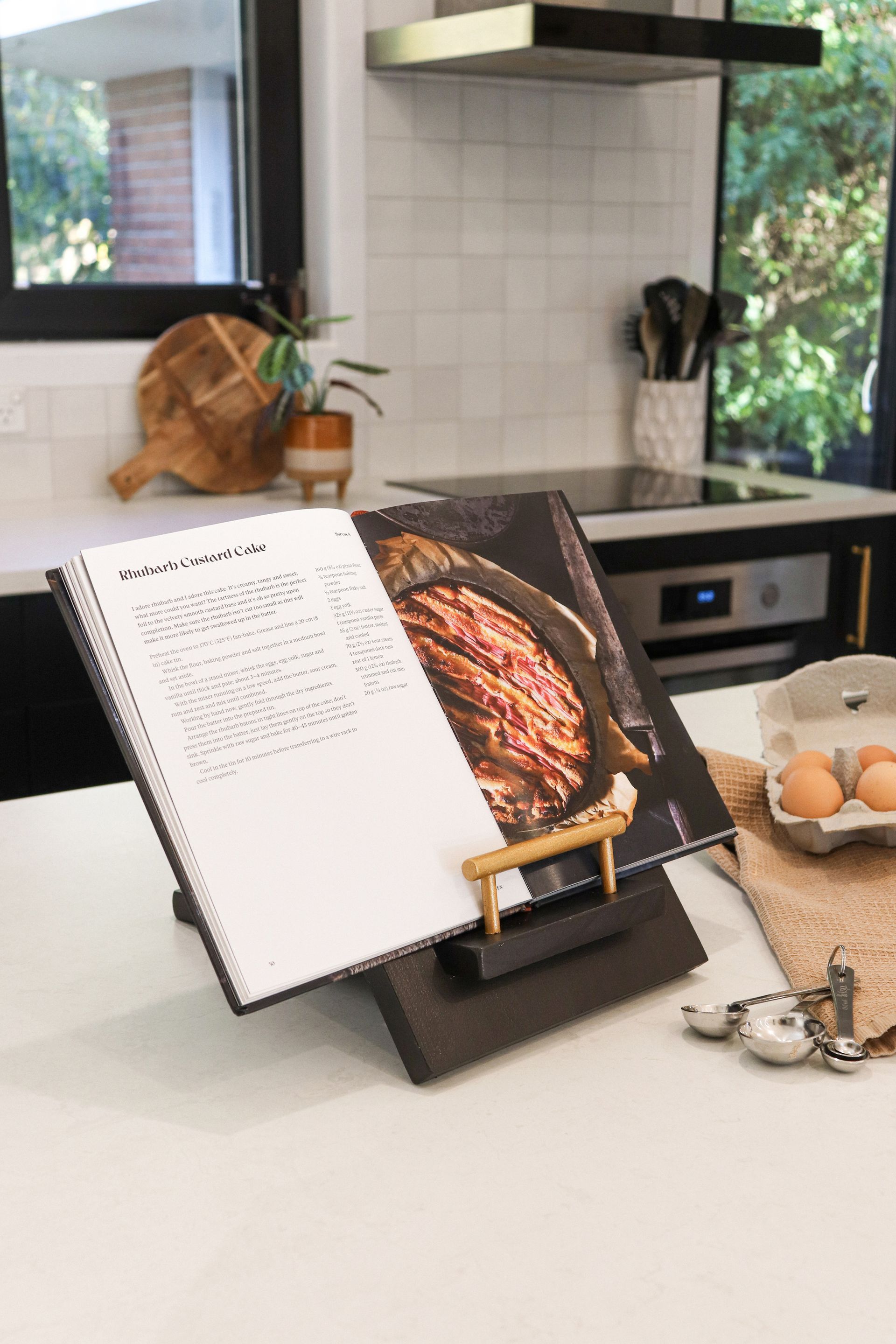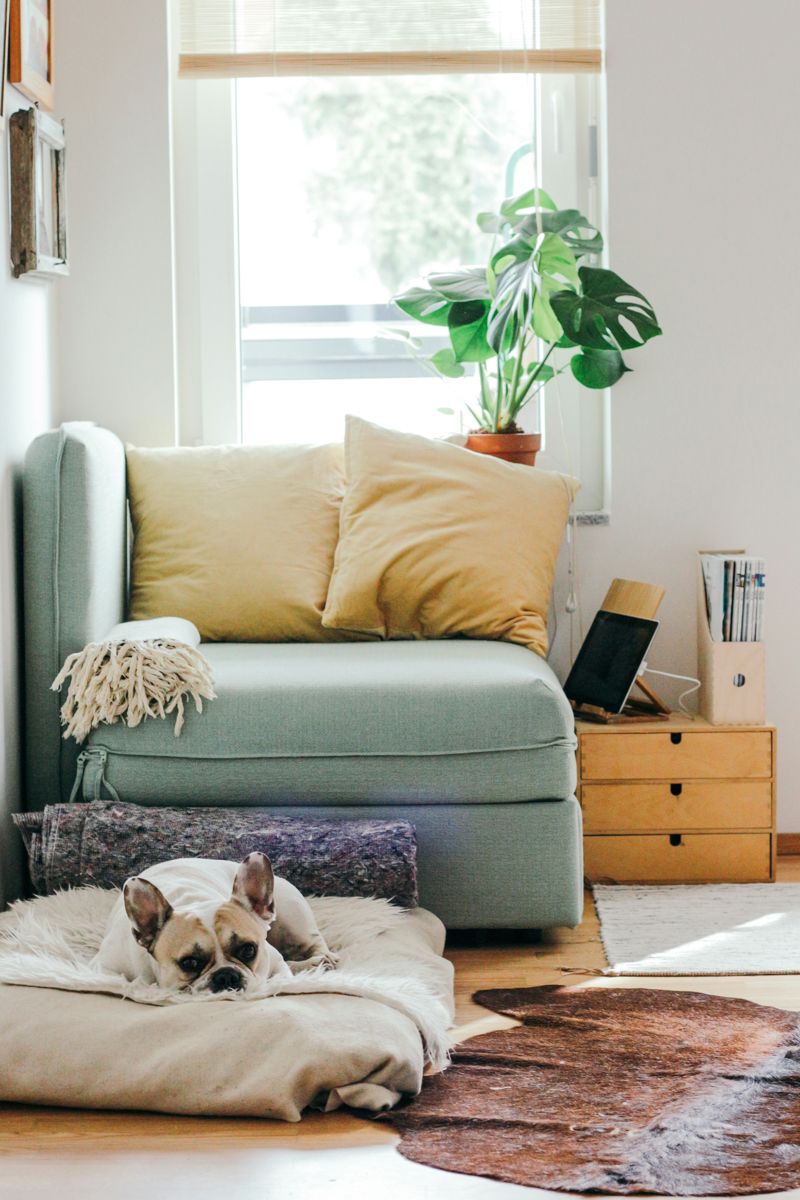Covering 223 kilometres and traversing the width of the South Island from Christchurch to Greymouth, the TranzAlpine is travel like no other.
For many there is simply no other way to travel – than by train. As Kiwis it is often an undervalued mode of transport as our access to train travel is limited in comparison with other countries. Many of us have travelled halfway across the globe to be delighted by train travel through France, Italy, Japan, the list goes on. Yet many have never experienced the magical wonder that is train travel on our back doorstep.
The TranzAlpine is world famous for a reason – in just under five hours you have traversed the width of the country, experiencing an ever-changing landscape that will leave you wowed at every turn. From the Canterbury Plains to the Southern Alps to the lush nature of the West Coast, the views are hard to beat.
Stepping aboard there is an almost childlike bubble of excitement as seats are found and bags stored. Comfortable seats with generous leg room, panoramic windows and skylights highlight no detail has been left unturned. The carriages are bathed in light and bring the famous landscapes of Aotearoa direct to you, in your seat. Unlike other modes of public transport the spaced-out nature of the seats delivers wide viewing angles, ensuring no one is left disappointed or missing out.
From the arm of your chair, you can tune in to audio commentary – delighting in a medley of myths, facts and interesting anecdotes which will see you stepping off the train with an abundance of freshly acquired insider knowledge about the various peaks, national parks and viaducts encountered along the way. Or for those who prefer to just sit back and relax, go for gold! The TranzAlpine is all about catering for every kind of traveller.
Onboard staff will look after you from the moment you arrive at Christchurch station, all the way to the West Coast. There is an emphasis of no stress, no rush – in fact it is pure bliss. Quite simply, everything possible has been done to ensure you feel at peace as you sink back in your seat and soak up the scenery.
While cruising through the mountains, you might like to stroll to the Scenic Cafe carriage where you’ll find a selection of hot and cold snacks and drinks. From freshly brewed specialty tea or barista coffee married with a sumptuous cake, to a bottle of bubbles for those toasting a special journey, the Scenic Cafe carriage has plenty to delight and indulge in.
Starting at Christchurch the TranzAlpine begins its journey by roaming across the vast patchwork plains of Canterbury. On the far side of the plains you will arrive at Springfield, where the Southern Alps rise from the plains like megalithic skyscrapers, creating a seemingly impenetrable barrier.
As you leave Springfield behind and start your ascent into mountainous territory, you’ll eventually reach the majestic Waimakariri Gorge. With the striking aqua river contrasting with ashy ridges on either side, this is a photographer’s dream come true.
Your journey then takes you over Staircase Gully Viaduct, a vibrant red structure standing boldly against the earthy tones of the gorge, 240 feet above the bed of the stream. And when you’re travelling that high up on the tracks, there are gorgeous photo opportunities around every bend.
Ascending more than 900 metres through national park, Arthur’s Pass is the highest and most breathtaking pass through the Southern Alps. The train stops here mid-morning for just 15 minutes before continuing its journey. So, if you’re staying on the train for the entire trip, this is your chance to wrap up, hop off, and stretch your legs.
From Arthur’s Pass, the TranzAlpine descends through the 8.5-km-long Otira Tunnel. This landmark structure was the second longest tunnel in the world when it was completed in 1923. Its historic completion also marked the completion of the Midland Line and the opening of the railway line from Christchurch to Greymouth.
The Otira Tunnel also marks the transition from Canterbury to West Coast and the landscape becomes remarkably different on the far side. The weather is typically wetter and the scenery more green and vibrant. The TranzAlpine follows a series of river valleys as it descends to Greymouth, starting with the Otira River and the Taramakau River. During these stretches, you are nestled intimately between the mountainous hills, with the rugged, broad riverbeds meandering alongside the tracks.
At Inchbonnie the TranzAlpine loops back on itself to head around the lush lake valleys to the quaint fishing town of Moana, on the banks of the spectacular Lake Brunner. This is a stop worth exploring. With the gorgeous snowy mountains reflecting in the expansive lake, it’s the perfect place to enjoy a spot of lunch and a walk amidst nature’s finest.
If you are completing a full journey, the TranzAlpine train will arrive into Greymouth just after 1 pm. The train stops there for an hour before starting the journey back to Christchurch. The choice is yours if you want to stay the night, or a week on the West Coast or return to the Garden City the same day.
Regarded as one of the greatest train journeys, this is a ride of a lifetime, and it is right here on our doorstep – so what are you waiting for?
TranzAlpine is one of The Great Journeys of New Zealand, which also includes the Interislander ferry, the Northern Explorer scenic train through the heart of the North Island, and the Coastal Pacific train which travels breathtakingly close to the coast. After a five-month hiatus, TranzAlpine is back. If you’ve been thinking about going on the scenic train journey, now is a great time to plan a trip as bookings are open until the end of 2022, with at least four services a week until the end of May.
greatjourneysofnz.co.nz/tranzalpine
Recent stories










